Aglaonema Pink is known for its vibrant foliage and adaptability, making it a favorite among houseplant lovers. But if you live in a home with limited sunlight or want to keep your plant in a shaded corner, artificial lighting becomes essential. One common question that arises is: Are LED grow lights enough for Aglaonema Pink to thrive?
In this article, we explore how artificial lighting, especially LED grow lights, can support Aglaonema Pink’s growth, and what you need to consider for healthy, colourful foliage.

Why Aglaonema Pink Needs the Right Light
Aglaonema Pink is a low-light tolerant plant, but “low light” doesn’t mean “no light.” Without enough light, the bright pink coloration can fade, leaves may turn leggy, and overall growth will slow down. Natural filtered light is ideal, but artificial grow lights can successfully substitute it when natural light is not an option.
LED lights have become the go-to solution for indoor gardening. They are energy-efficient, long-lasting, and available in a range of spectrums that can mimic the sun’s natural rays. For Aglaonema Pink, the right LED setup can ensure that it maintains its striking colour and robust growth indoors.
Also Read- The Role of Colour Psychology in Choosing Pink Houseplants Like Aglaonema
Is LED Light Enough?
Yes, LED light is more than enough—if chosen correctly. Not all LEDs are suitable for plant growth. Standard home lighting may not emit the full spectrum of light required for photosynthesis. What your Aglaonema Pink needs is a full-spectrum LED grow light, one that provides both red and blue wavelengths.
Red light promotes foliage growth and helps plants stretch and thrive, while blue light supports strong leaf development and vibrant colour. Full-spectrum LEDs simulate daylight, helping Aglaonema Pink perform photosynthesis effectively even in dark rooms.
Recommended Light Duration
Even with the best LED grow lights, duration matters. Since artificial lights usually provide consistent but lower-intensity light compared to the sun, your Aglaonema Pink should get around 10–12 hours of artificial light each day. This mimics its natural tropical environment and supports steady growth.
Using smart plugs or timers helps you maintain a regular schedule. Avoid leaving the light on 24/7, as plants also need a period of darkness for proper metabolic function.
Also Read- Humidity And Light Tips For Aglaonema Pink In UAE’s Hot Climate
Positioning Your Grow Light
Distance between the plant and the light source is important. If your LED light is too far away, it won’t provide sufficient intensity. If it’s too close, it may cause leaf burn or overheating.
The ideal distance for most full-spectrum LED grow lights is between 12 to 18 inches above the plant. Adjust this based on the manufacturer’s recommendations and observe your Aglaonema’s response over the first few weeks.
Signs your light is too strong include curled leaf edges, faded colours, or dry tips. If the plant appears to be stretching or its colours dull, the light might be too weak or placed too far away.
What Type of LED Light Is Best?
There are several types of grow lights available, but for Aglaonema Pink, you should consider:
- Full-Spectrum LED Grow Lights: These offer the closest match to sunlight and are ideal for everyday use.
- White LED Panels or Tubes: These provide a balanced output and are visually less intrusive in home settings.
- Clip-on Grow Lights: Perfect for small indoor spaces and desktop setups.
Avoid using purple or overly red lights unless your space is dedicated to plant growth, as these can distort colours and feel harsh in living areas.
Also Read- Aglaonema Pink: Enhancing Your Home's Beauty with a Touch of Nature
Supplemental vs. Primary Light Source
If your Aglaonema Pink already receives some natural light during the day, you may only need LEDs as a supplement—especially during winter or in low-light conditions. In rooms with no natural light (like bathrooms or basements), full-time LED use becomes essential.
Monitor your plant’s response after switching to artificial lighting. Healthy leaves, consistent growth, and retained pink tones are signs that your lighting is sufficient.
Common Mistakes to Avoid
- Using regular LED bulbs: Not all LEDs are made for plants. Use grow lights that specify full-spectrum or plant-specific output.
- Inconsistent lighting schedules: Aglaonema Pink needs consistent light/dark cycles. Random usage can affect its health.
- Incorrect distance: Too far and the plant won't get enough light; too close and it might suffer leaf burn.
- Poor ventilation: Combine lighting with good airflow to prevent overheating and humidity issues around the plant.
Boosting Growth with Lighting + Care
Artificial lighting is only part of the equation. To help your Aglaonema Pink thrive under grow lights:
- Water only when the top inch of soil feels dry
- Keep humidity around 50–60%
- Rotate the plant weekly to encourage even growth
- Wipe leaves monthly to keep them dust-free for better light absorption
Final Thoughts
Growing Aglaonema Pink under artificial lights is not just possible—it’s often the best choice in low-light homes or apartments. With the right LED grow light setup and schedule, your plant can retain its beautiful pink foliage and grow healthily year-round.
Whether you’re a beginner or an experienced plant parent, embracing LED lighting opens up new possibilities for indoor plant placement and design. Aglaonema Pink doesn’t just survive under LEDs—it thrives.


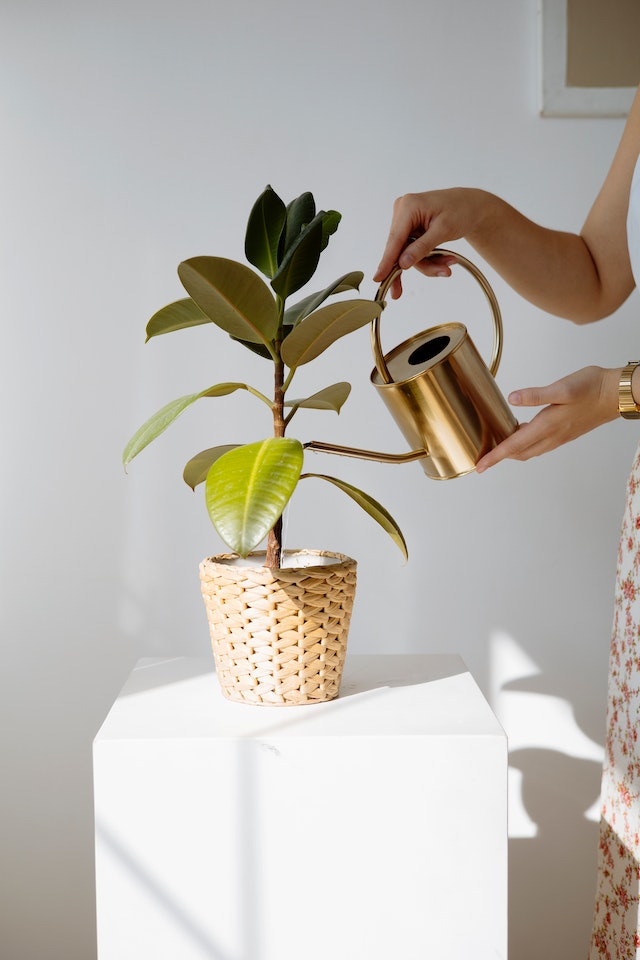


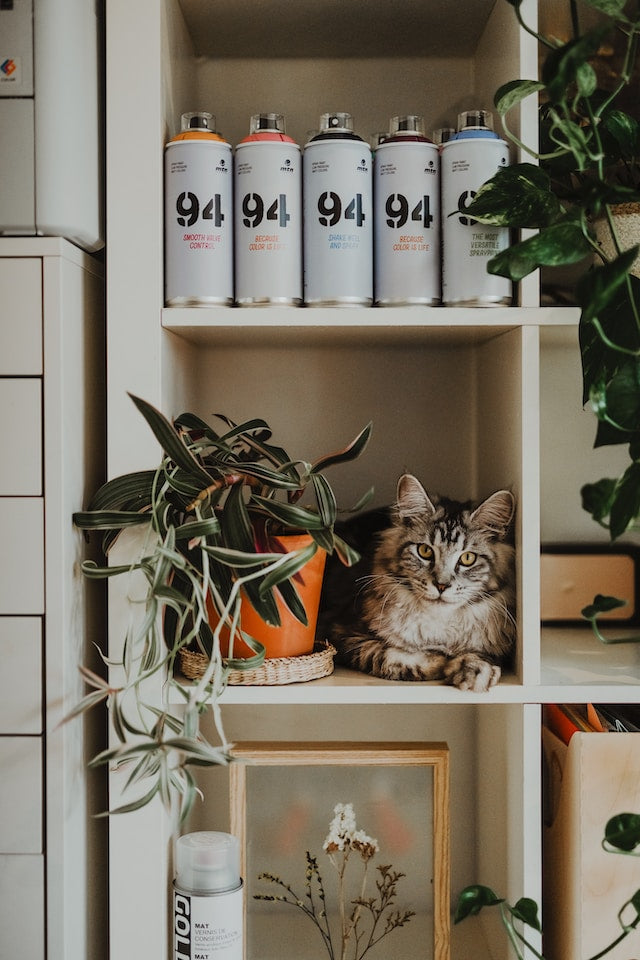

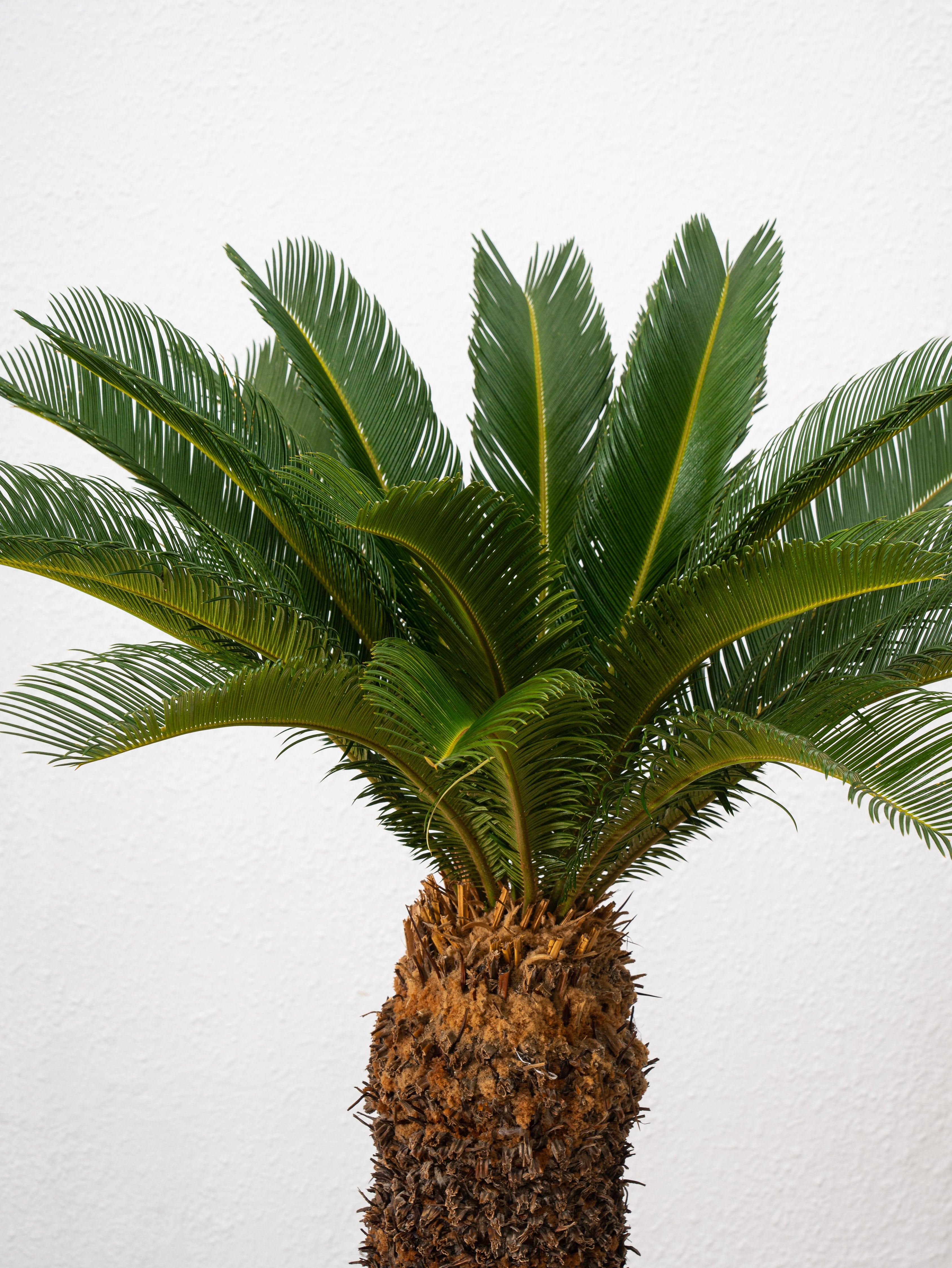
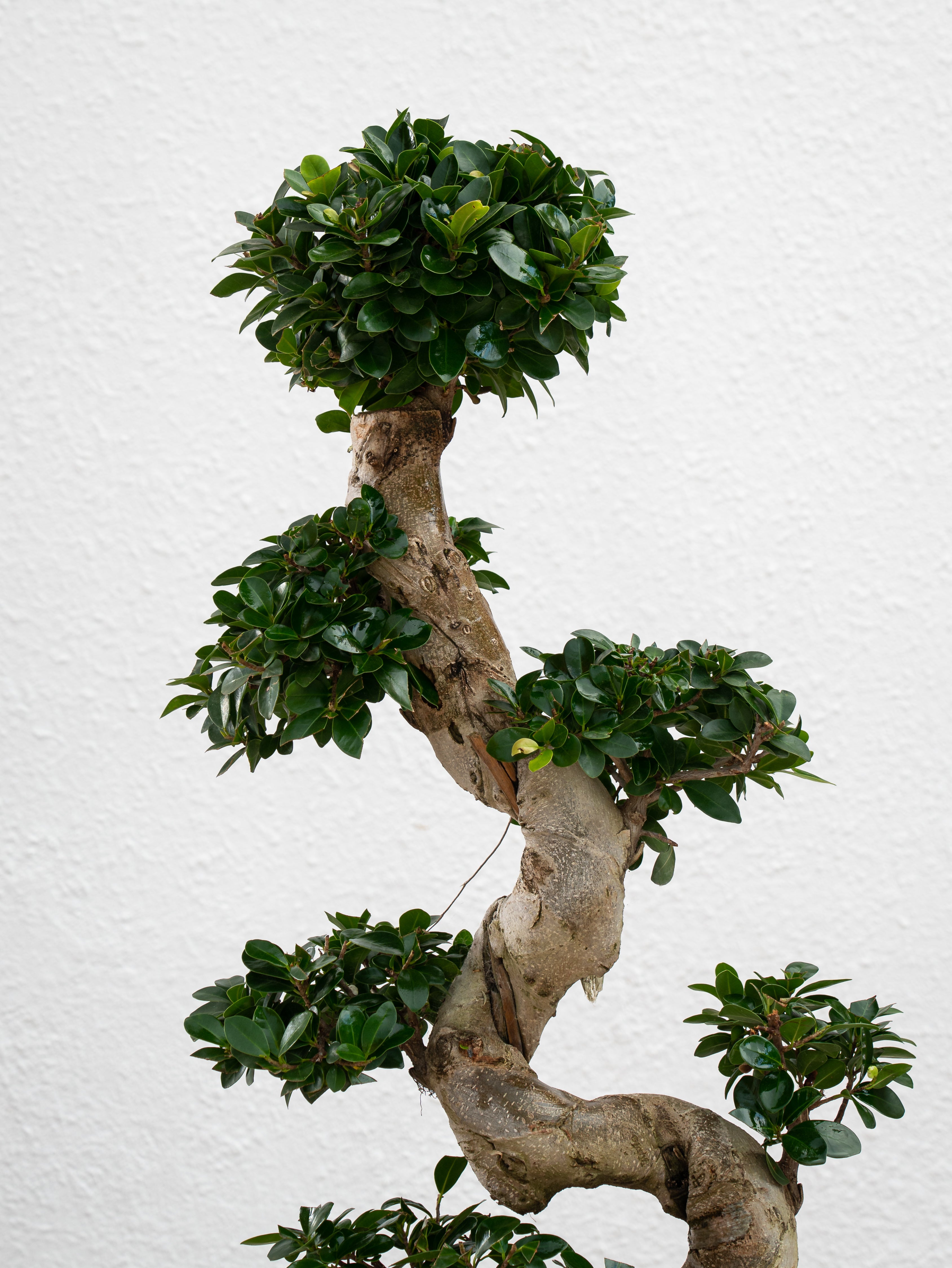
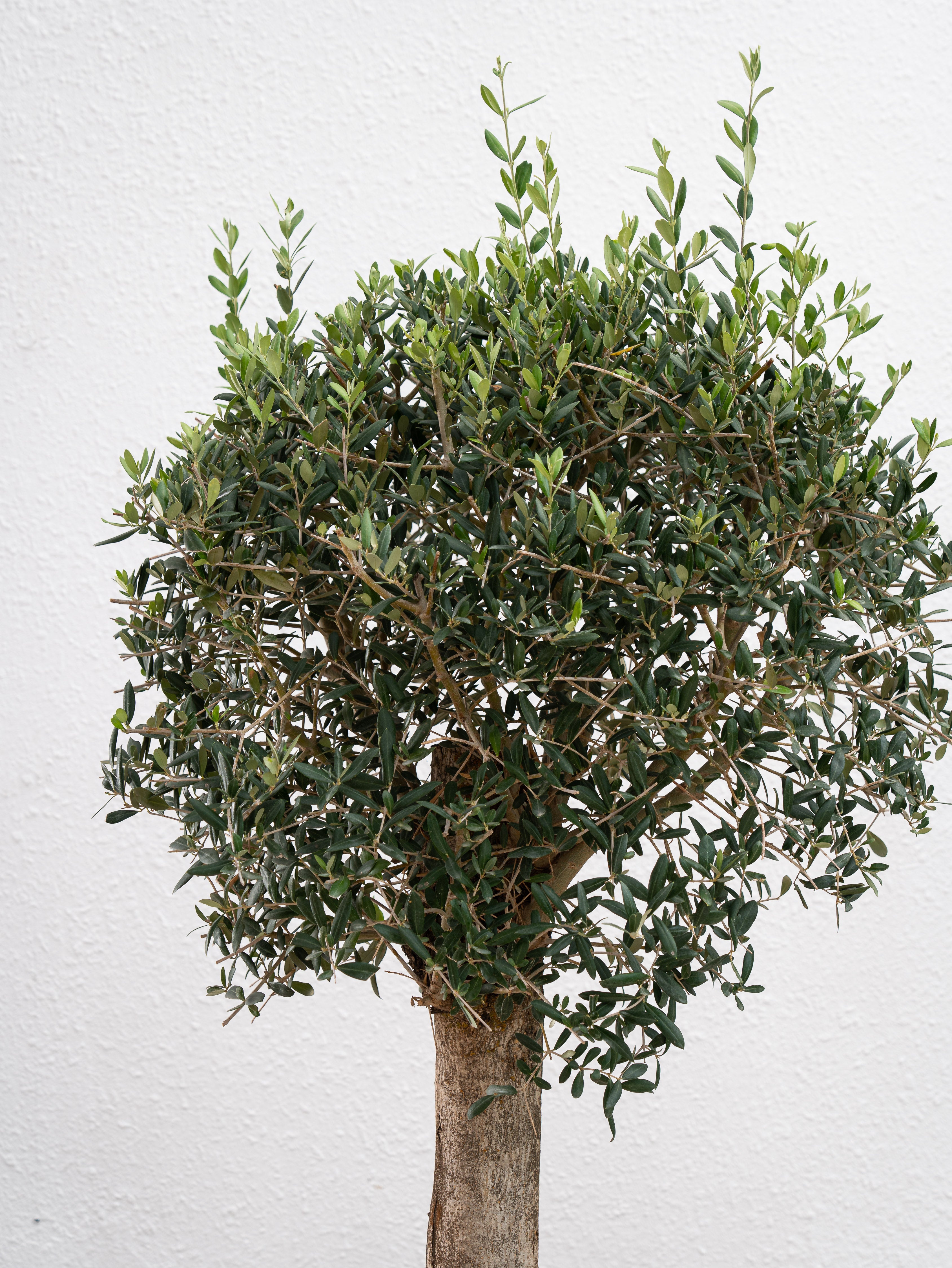

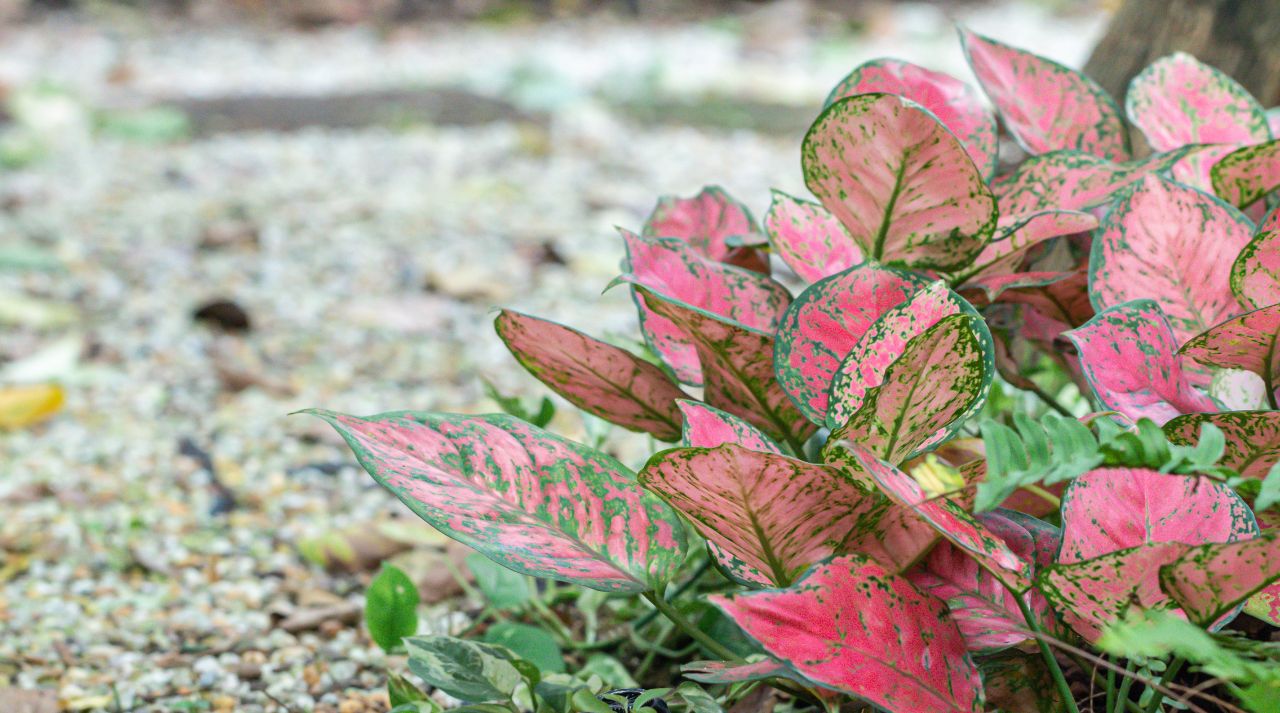

Leave a comment
This site is protected by hCaptcha and the hCaptcha Privacy Policy and Terms of Service apply.